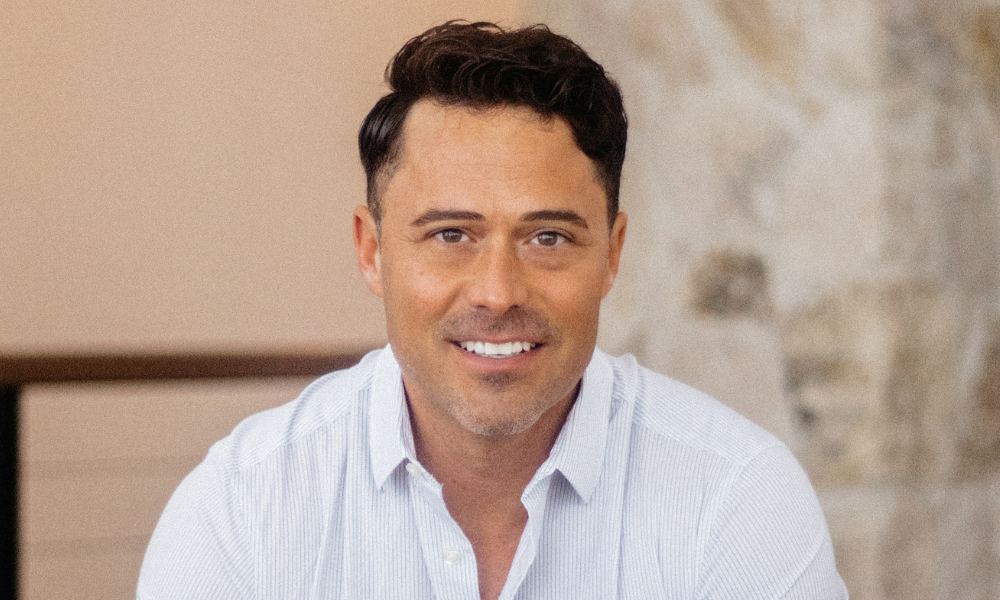New research suggests that a two-category system might be more useful for connecting with high-value clients

For advisors seeking to boost their practice, focusing on a specific client base may prove to be an effective approach. There are a variety of ways to slice the market and find a target clientele: some advisors may see opportunities from millennials, while others may seize the chance to work with underserved female clients.
But new research suggests an approach that may be a more effective barometer than customary demographics like age, gender, and income. According to a study sponsored by Edward Jones, investors can be separated into two investor categories.
In a quantitative survey that included 1,000 US adults across representative ages, genders, and education, Dow Jones Intelligence found that a slight majority (55%) can be characterized as Traditionalists. The rest of the respondents, on the other hand, were Trailblazers.
Some key differences between the two groups are:
- Willingness to trade privacy for ease of transactions (20% of Traditionalists vs. 80% of Trailblazers)
- Likelihood of holding positions even in the face of a significant downturn (60% of Traditionalists vs. 10% of Trailblazers)
- Likelihood of exiting a bear market or selling after a strong downturn (30% of Traditionalists vs. 55% of Trailblazers)
The survey also found that Traditionalists tend to take longer to commit to a financial advisor, though they tend to be easier clients to work with. Trailblazers, meanwhile, turn to friends and family for financial advisor referrals and do thorough research on potential advisors before making contact; that makes onboarding them quicker and easier.
“However, because they are looking for holistic financial advice, are more pessimistic about future market performance and want to be involved deeply in decision-making, they are likely to be a much more challenging client to service,” the research noted.
The report found that Trailblazers tend to prefer an individualized approach, demanding access to technology and advisors who can manage their entire financial life beyond their investment portfolio. They also believe that returns are more driven by quality financial services than simple asset- or product-selection advice.
Highly focused on career and education, Trailblazers expect to switch careers multiple times. A pessimistic outlook on future market returns compared to previous decades leads them to reject the buy-and-hold investment approach and continually look for trading opportunities. They also believe that they’ll be more likely to meet their retirement goals by maximizing their career and personal growth.
How do the two groups differ when it comes to advisor selection? Traditionalists are relatively more focused on the company (53% choose advisors based on company characteristics, and 10% based on financial advisor characteristics) than Trailblazers (22% focus on the company, and 29% focus on the advisor). Traditionalists also tend to pay more attention to a prospective advisor’s experience than Trailblazers (25% vs. 10%), but are less likely to seek insight from family and friends (30% vs. 49%).
The survey also found that Traditionalists are more concerned about an advisory firm’s size and heritage than Trailblazers (26% vs. 6%). Trailblazers, meanwhile, care more about the firm’s social mission statement and campaigns (10% vs. 25%).
Follow WP on Facebook, LinkedIn and Twitter



